This article was co-authored by Danny Gordon. Danny Gordon is an American College of Sports Medicine (ACSM) Certified Personal Trainer and Owner of The Body Studio for Fitness, a fitness studio based in the San Francisco Bay Area. With over 20 years of physical training and teaching experience, he has focused his studio on semi-private personal training. Danny received his Personal Trainer Certification from the California State University, East Bay and the American College of Sports Medicine (ACSM).
There are 10 references cited in this article, which can be found at the bottom of the page.
This article has been viewed 16,925 times.
Sciatica can be a painful condition that really gets in the way of your everyday life. When inflammation presses on the sciatic nerve, it causes radiating pain and numbness down your back and leg. Luckily, there are many ways you can treat sciatica. Staying active and stretching is a great way to release pressure on the sciatic nerve and this could go a long way in relieving your pain. In general, most back, hip, and hamstring stretches will help, but these stretches are especially good for sciatica.
Steps
Back and Hip Stretches
-
1Work on your flexibility gradually. When you're doing different stretches and yoga poses, start slowly. Try to hold the stretch for anywhere from 10-30 seconds, and stop if it feels really uncomfortable or painful.[1]
- If you're really tight in a certain area, hold the stretch for about 60 seconds.[2]
-
2Do back extensions to open up your spine. This is a simple stretch to work your middle and lower back. Lay face-down on the floor and bend your elbows up to rest your forearms on the ground in front of your shoulders. Point your hands up, keep your neck, straight and look at the floor. Then arch your back up by pushing down on your hands and keep your hips pressed to the ground. Push up until you feel a stretch, then hold the position for 5-10 seconds before lowering back down. Repeat that 8-10 times for a set.[3]
- Don’t bend your neck back or you could cause neck pain. Keep looking at the floor.
Advertisement -
3Open your hips and lower back with a groin stretch. This is a deep stretch for your hip flexors and lower back. Sit on the floor and stretch your legs straight out to the sides as wide as you can. Put both hands on the floor in front of you. Then lean forward as far as you can without arching or rolling your back. Hold the pose for 10-20 seconds to stretch your back out.[4]
- The aim is to get your elbows down to the floor, but don’t worry if you aren’t that flexible yet. Go as far as you can.
- If you feel any sharp pains during this stretch, then stop right away.
-
4Try a cat pose stretch. This common yoga pose is also great for sciatica pain. Get on all fours on the floor, and line up your hands with your shoulders and your knees with your hips. Round your back up and bring your chin down to your chest. Hold that for 2 seconds. Then arch your back down, raise your chin, and hold for 2 seconds. Repeat these movements 10 times.[5]
- Try to arch and roll your back without moving your hips much. You won't get as good of a stretch if you move your hips.
-
5Loosen your glutes with a supine piriformis stretch. The piriformis muscle is deep in the glute, and it’s commonly sore for people who have sciatica. If your hips or glutes are sore, lay back on the floor with your knees bent and your feet about halfway to your hips. Place one of your feet on your opposite knee. Then grab your thigh on the planted leg and pull towards your chest. Stop when you feel a good stretch in your glutes and hips. Hold this position for 30 seconds, then switch sides.[6]
- You could also lift your planted leg to help push the bent leg further for more of a stretch.
- Generally, this stretch is only for the side that currently hurts, but stretching both sides is a good idea to stay nice and loose.
Leg Stretches
-
1Start with a simple seated stretch. While you’re sitting on a chair, cross your sore leg over your other one. Rest your ankle on your knee. Then bring your chest forward towards your knee while keeping your back straight. This opens up your hips and hamstrings. Hold the pose for about 30 seconds.[7]
- Bend from your hips to keep your back straight during this stretch. Otherwise, you won’t feel much of a stretch.
- This is a good way to warm up for a stretching session, or just get a quick stretch in while you’re sitting at your desk.
-
2Pump your ankles to release your sciatic nerve. This is a good stretch for sciatica pain in your hamstrings and lower legs, since the sciatic nerve extends down your legs. Sit upright in a chair. Raise the leg that hurts and keep it straight in front of you. Then bend your ankle back and forth 15-20 times. This helps take pressure off the sciatic nerve. Switch sides and repeat the stretch on your other leg.[8]
- You can also pump your neck back and forth at the same time to work the sciatic nerve from the other side.
-
3Pull your knees to your chest to loosen your glutes. This works out your glutes and hamstrings. Lay back on the floor with both knees bent. Then grab one of your legs and pull your knee toward your chest. Hold that for 20-30 seconds, and repeat it 3 times before switching sides.[9]
- For a variation, you can grab and pull both legs at once.
- Don’t let your hips or other foot lift off the floor, or you won’t get a very good stretch.
-
4Straighten out your lifted leg for a hamstring stretch. This is a trick to make the previous exercise a deeper stretch for your hamstring. Pull your knee towards your chest and when you can’t go any further, extend your leg and try to straighten it. This will give you a very deep hamstring stretch and relax the sciatic nerve.[10]
- You probably won’t be able to straighten your leg entirely unless you’re very flexible. This is normal, and you’ll still get a great stretch.
- Remember to grab your leg underneath your knee so you can extend your leg.
- The sciatic nerve can get pinched anywhere, including in your upper legs, so that's why keeping your hamstrings loose is important.
-
5Stretch your hamstring with an exercise band. This is another good way to loosen up your hamstrings. Lay back with both of your legs stretched straight. Wrap an exercise band around one foot, then lift that leg. Keeping your leg straight, pull the band towards your chest. Hold that for 20-30 seconds, then switch sides.[11]
- If you don’t have an exercise band, you could also use a towel or similar item.
- Don’t bend your leg at any point, even if you can’t stretch too far.
- If you're working out at a gym, you can also use a hamstring machine to do hamstring curls, which will tone and strengthen your hamstring muscles. Start by aiming for 12-15 repetitions, but stop while you're still capable of doing the exercise with good form.[12]
-
6Do a standing hamstring stretch. This is another good way to get a deep hamstring stretch. Stand in front of a stable object, like a set of stairs or the armrest on a couch. Lift your sore leg onto the object, keeping your leg straight and your toes pointing up. Then lean forward towards your foot, keeping your back straight. Breathe deeply and hold this stretch for 20-30 seconds. Repeat this stretch 2-3 times on each leg.[13]
- You don't have to stretch very far for this to work. Only go as far as you can.
- Don't arch your back while you're stretching. This can cause back pain, and you won't get as deep of a stretch.
-
7Train your hamstrings and glutes with hip extensions. This works as a stretch and also a way to strengthen your hips and core. Get on all fours, lining up your hands with your shoulders and your knees with your hips. Then slowly extend one of your legs up towards the ceiling, keeping it bent, until you feel your glute starting to compress. Slowly drop your leg and repeat that 15 times before switching sides.[14]
- Keep your back straight and your core tight during this exercise. Otherwise, you could get lower back pain.
- This is more of an exercise than a stretch, so you may want to wait until you’re in better shape to try it.
Expert Q&A
-
QuestionHow can I become more flexible?
 Danny GordonDanny Gordon is an American College of Sports Medicine (ACSM) Certified Personal Trainer and Owner of The Body Studio for Fitness, a fitness studio based in the San Francisco Bay Area. With over 20 years of physical training and teaching experience, he has focused his studio on semi-private personal training. Danny received his Personal Trainer Certification from the California State University, East Bay and the American College of Sports Medicine (ACSM).
Danny GordonDanny Gordon is an American College of Sports Medicine (ACSM) Certified Personal Trainer and Owner of The Body Studio for Fitness, a fitness studio based in the San Francisco Bay Area. With over 20 years of physical training and teaching experience, he has focused his studio on semi-private personal training. Danny received his Personal Trainer Certification from the California State University, East Bay and the American College of Sports Medicine (ACSM).
Certified Personal Trainer Start out slow—don't try to push yourself to get into all these fancy yoga poses. Everything should be in moderation. For instance, you might start out doing anywhere from 10-30 seconds of a stretch, or maybe 60 seconds in an area that's really tight.
Start out slow—don't try to push yourself to get into all these fancy yoga poses. Everything should be in moderation. For instance, you might start out doing anywhere from 10-30 seconds of a stretch, or maybe 60 seconds in an area that's really tight.
Warnings
- While stretches might be a little uncomfortable, they shouldn’t hurt. If you feel any sharp pains, stop so you don’t hurt yourself.⧼thumbs_response⧽
References
- ↑ Danny Gordon. Certified Personal Trainer. Expert Interview. 18 October 2019.
- ↑ Danny Gordon. Certified Personal Trainer. Expert Interview. 18 October 2019.
- ↑ https://www.nhs.uk/live-well/exercise/exercises-for-sciatica/
- ↑ https://www.rocketcitychiropractic.com/10-piriformis-stretches-to-get-rid-of-sciatica-hip-and-lower-back-pain/
- ↑ https://www.iowaclinic.com/spine-center/how-to-get-relief-from-sciatica/
- ↑ https://www.nhs.uk/live-well/exercise/exercises-for-sciatica/
- ↑ https://youtu.be/4UoITjubrgE?t=385
- ↑ https://www.spine-health.com/blog/3-simple-stretches-sciatica-pain-relief
- ↑ https://www.nhs.uk/live-well/exercise/exercises-for-sciatica/
- ↑ https://youtu.be/iAYFy06z5Bs?t=239
- ↑ https://youtu.be/iAYFy06z5Bs?t=365
- ↑ Danny Gordon. Certified Personal Trainer. Expert Interview. 18 October 2019.
- ↑ https://www.nhs.uk/live-well/exercise/exercises-for-sciatica/
- ↑ https://www.rocketcitychiropractic.com/10-piriformis-stretches-to-get-rid-of-sciatica-hip-and-lower-back-pain/
- ↑ https://my.clevelandclinic.org/health/diseases/12792-sciatica/management-and-treatment
- ↑ https://www.mayoclinic.org/diseases-conditions/sciatica/diagnosis-treatment/drc-20377441
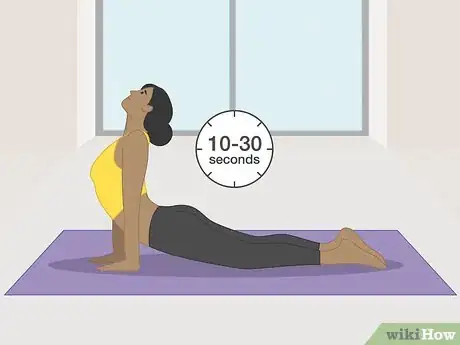

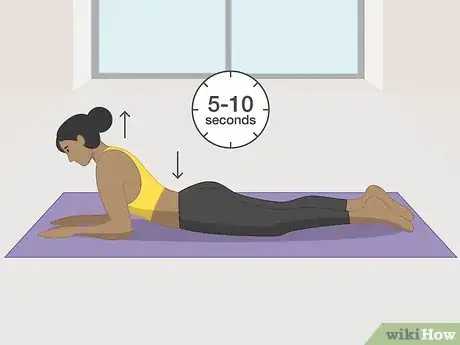
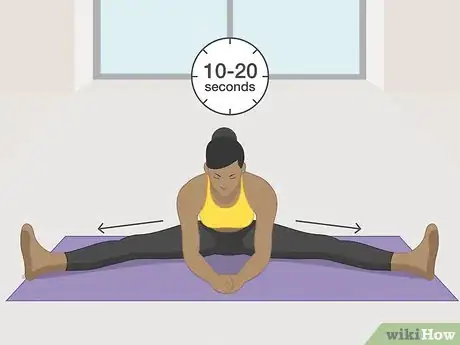
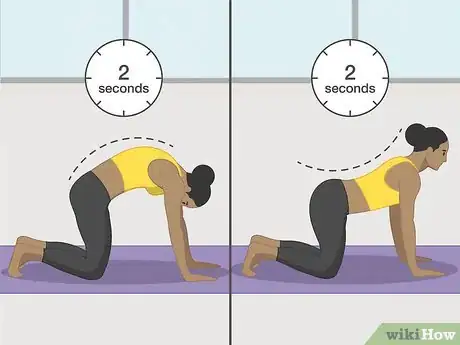
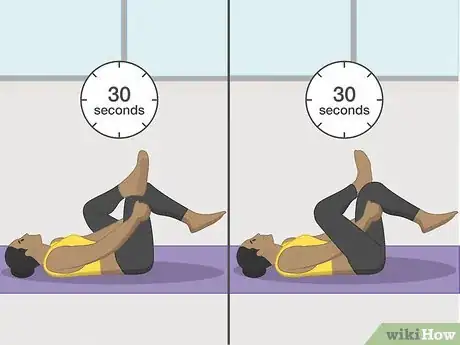
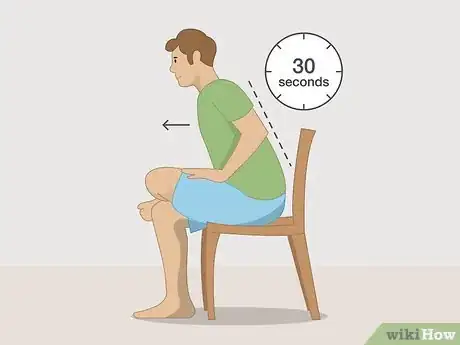
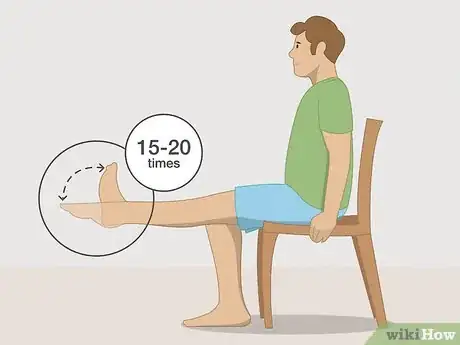
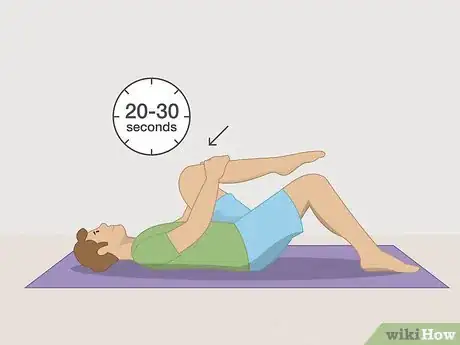
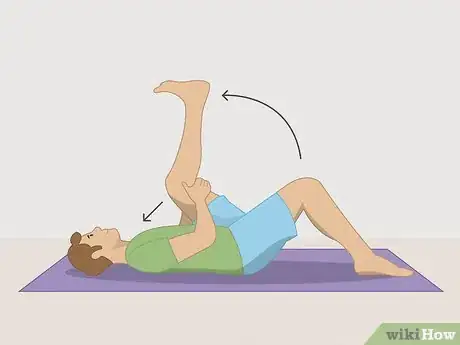
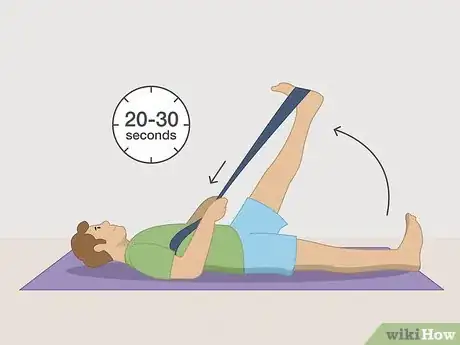
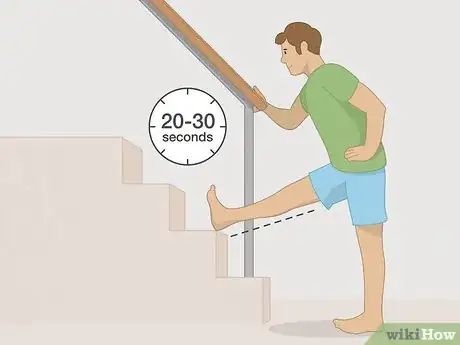
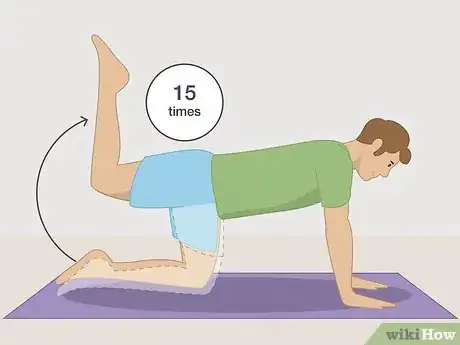
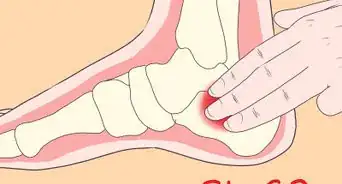
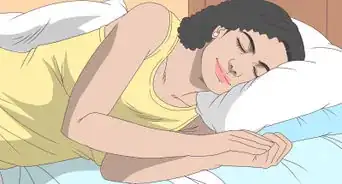
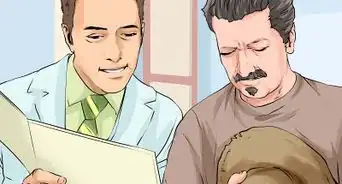

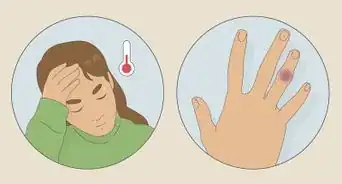
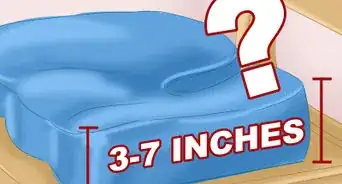
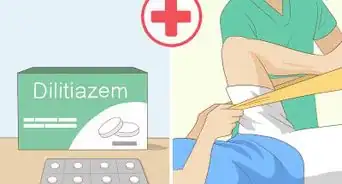
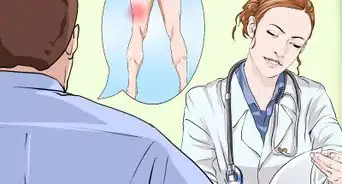
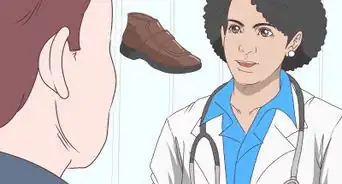

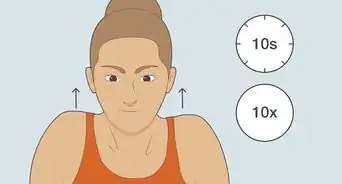
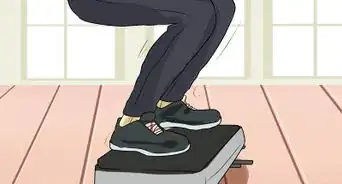
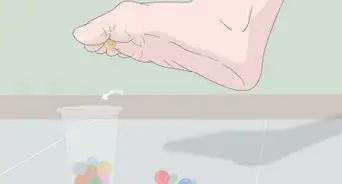







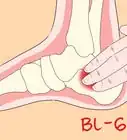






































Medical Disclaimer
The content of this article is not intended to be a substitute for professional medical advice, examination, diagnosis, or treatment. You should always contact your doctor or other qualified healthcare professional before starting, changing, or stopping any kind of health treatment.
Read More...